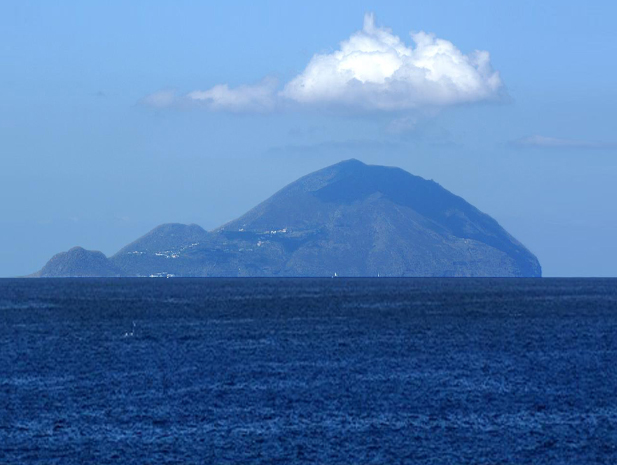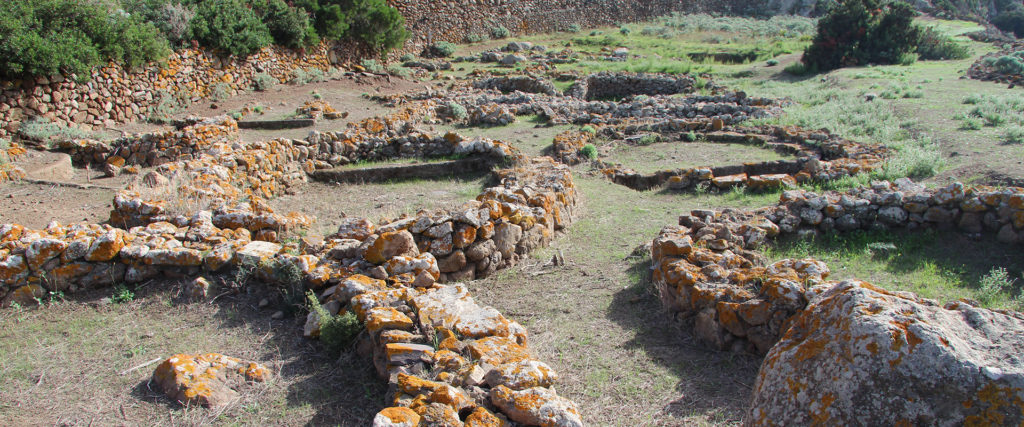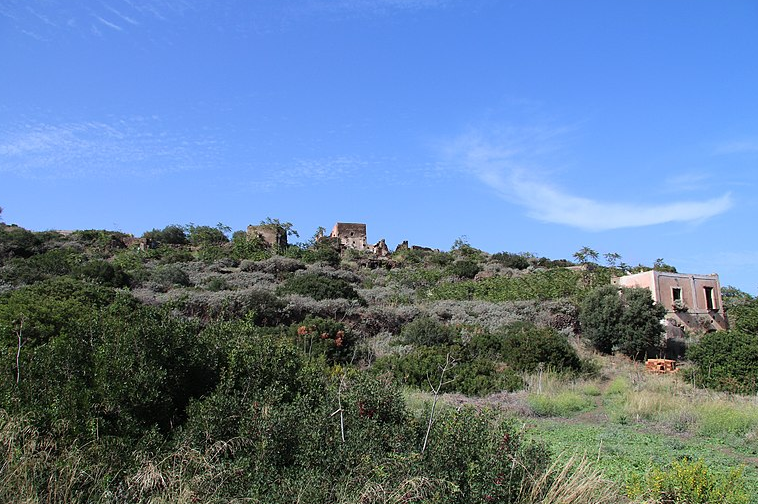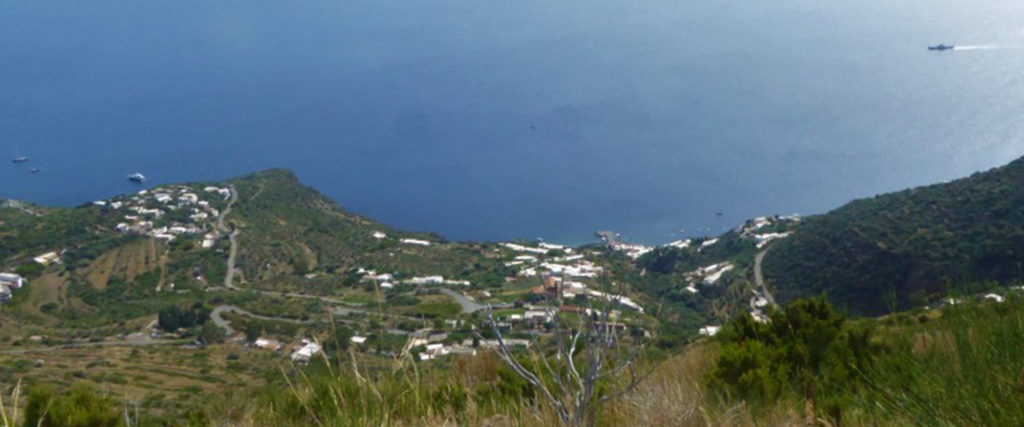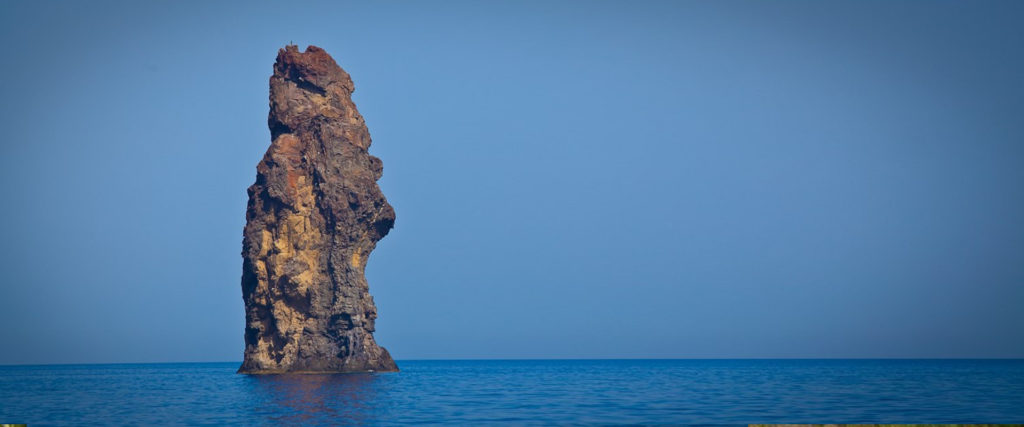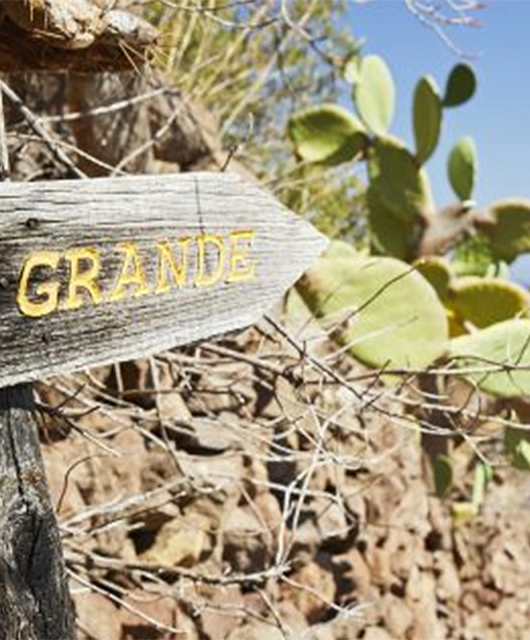The Reserves > Filicudi Island Nature Reserve and Canna and Montenassari Reefs
The reserve is established in order to protect:
- The volcanic complex with characteristic stagnation domes;
- the extensive shrub formations such as those of cysto-ericion;
- the climatic vegetation along the coastal strip represented by euphorbia dendroides scrub, which in the stretches closer to the shore is replaced by halophilic aspects of crithmolimonium, such as clusters of senecio bicolor and helichrysum litoreum and that of limonium minutiflorum, to be ascribed among the durable edaphic-type formations. The associations described are limonietum minutiflori, senecioni-helichrysetum litorei, tuberarium-aphanetum microcarpe, and tuberarium-senecionetum lividi;
- the Reed: a small isolated ecosystem of considerable interest, home to a colony of hawk eleonorae and an endemic subspecies of lizard podarcis sicula cucchiarai (Di Palma ’78).
The Reserve is designated a SAC (Special Area of Conservation), under the Habitats Directive, as a Site of Community Importance (ITA 030024). .
It also falls within the SPA zone – ITA 0300044, as a protection zone placed along the migration routes of avifauna.

